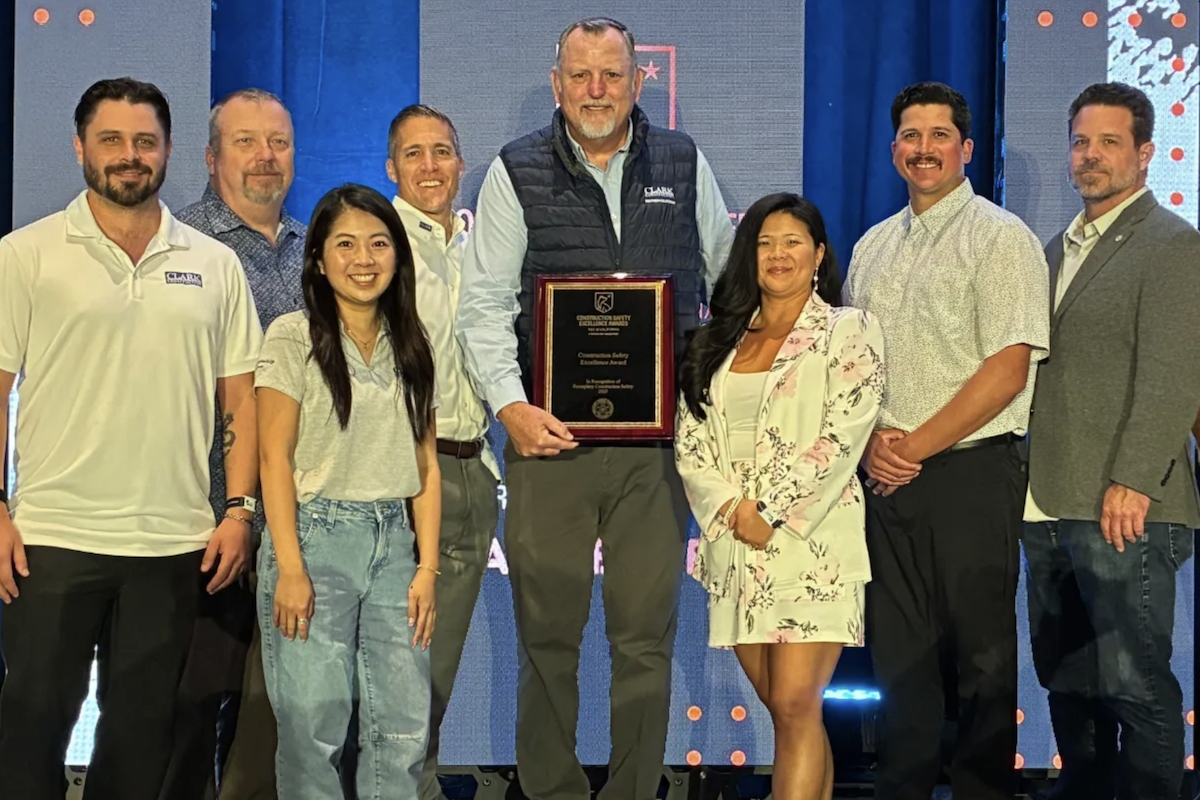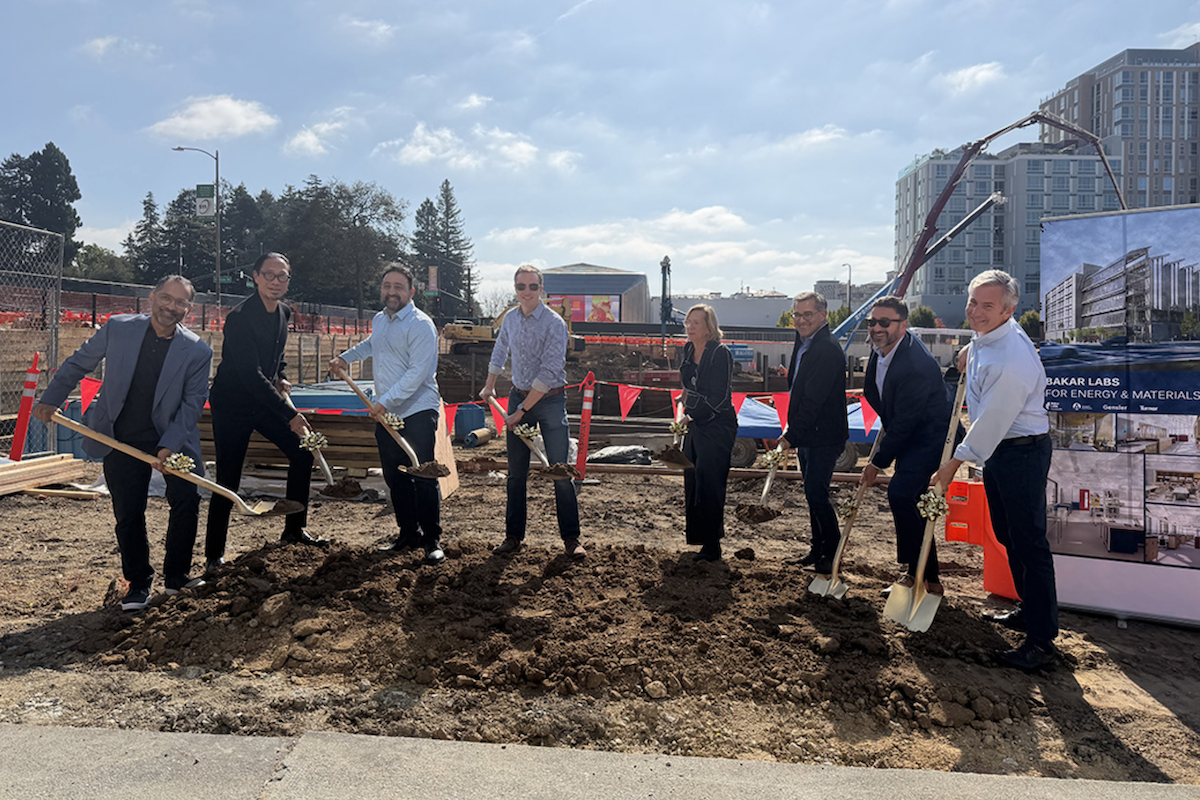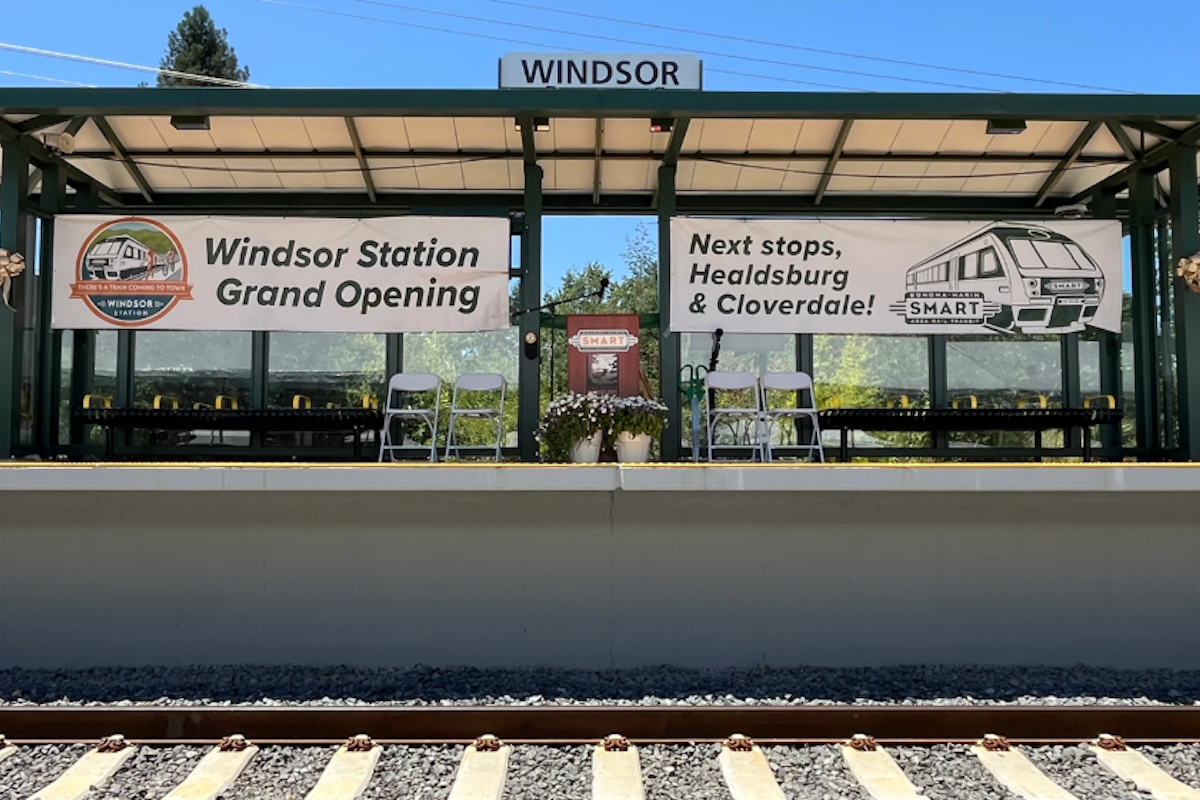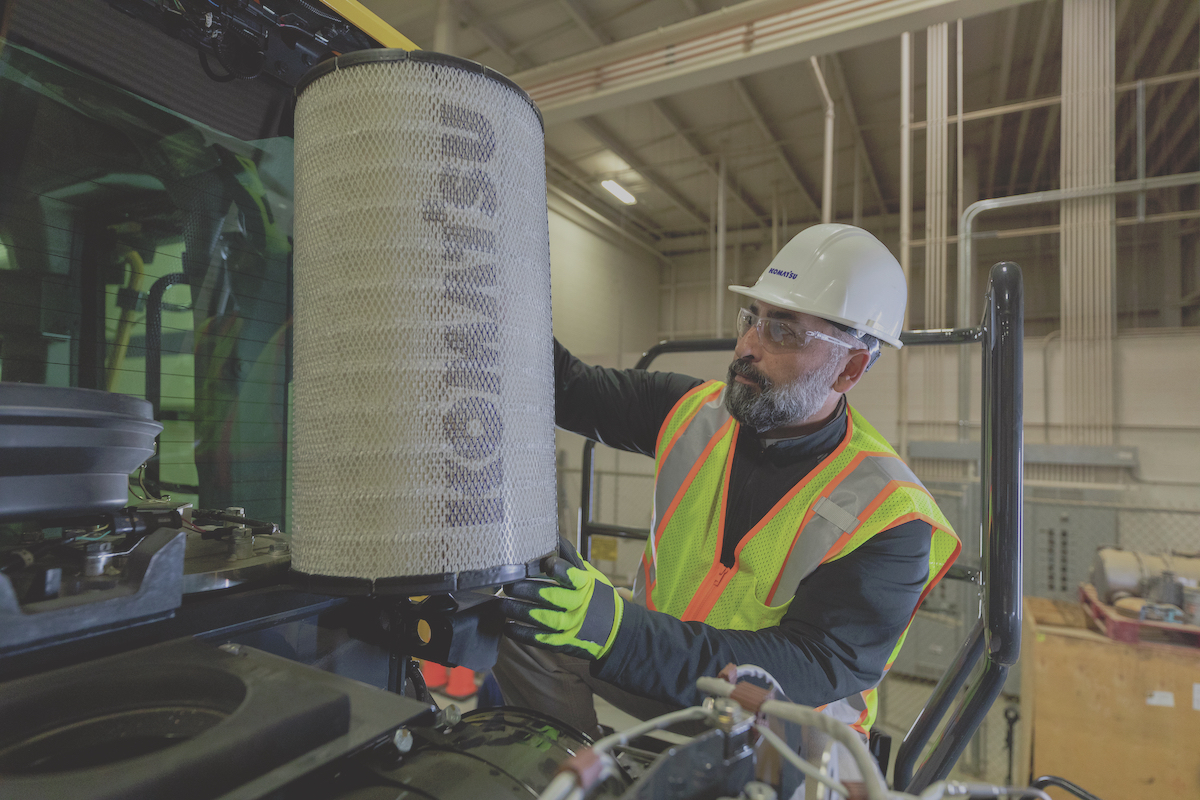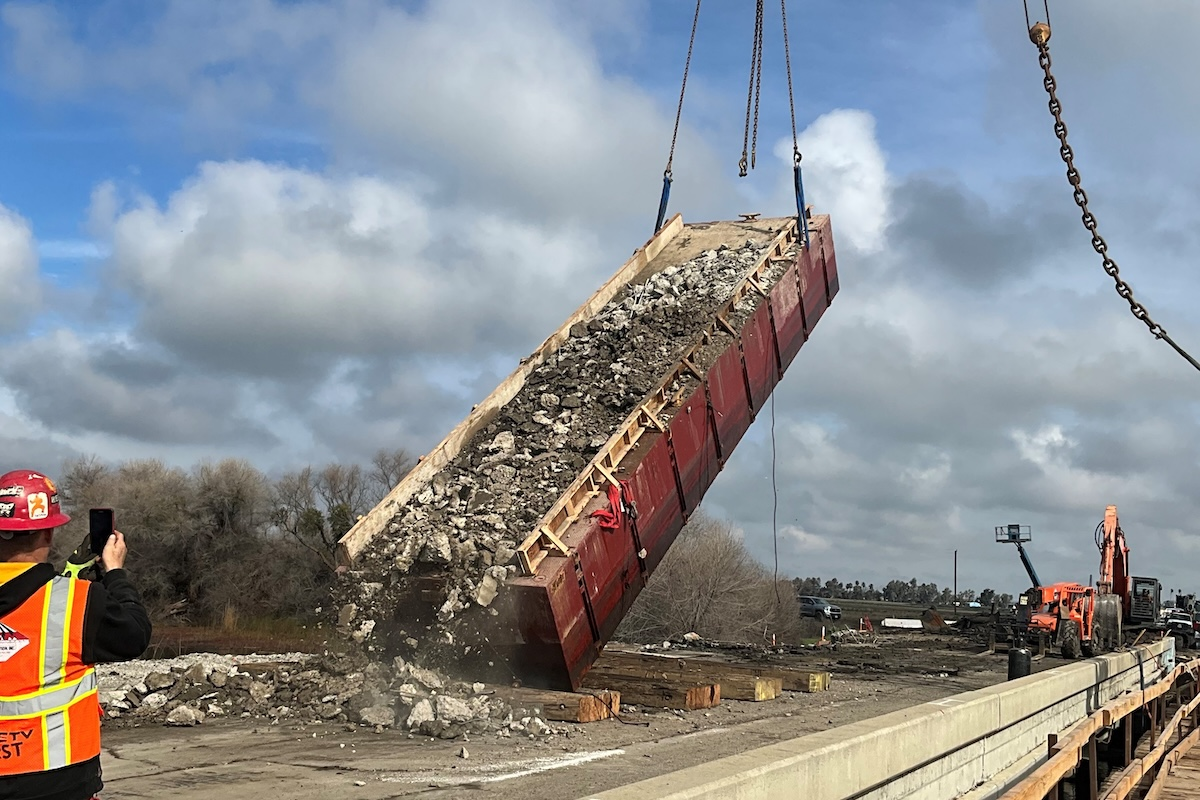More than a half-dozen contractors are sealing, grinding, spraying, paving, and generally changing the look of more than 235,000 square yards of asphalt or gravel covered roads, all under the watchful eye of John Navarro, Director of Public Works/Highway Foreman.
There are a lot of moving parts to the pavement makeover, and Navarro understands what and how each part is contributing to the community’s transportation network – a skill he has learned and honed after more than a quarter century of building, maintaining and repairing roads in Woodstock.
An “up through the ranks” director, Navarro was originally hired as a driver/laborer in February 1993, but advanced over the years in the highway department to become director in September 2008. He serves under the direction of the Board of Selectmen, and currently heads up a crew of 12 that includes nine full time union employees, two part-time highway/grounds maintenance employees, and one part time administrative assistant.
A semi-rural bedroom community with a significant number of working dairy farms, Woodstock has approximately 114 miles of roads, about 80 percent of which are surfaced with asphalt, and about 20 percent with gravel. Among highway department maintenance responsibilities are such tasks as snow and ice control, gravel road grading, drainage upkeep, roadside mowing, tree and brush removal, and road sign installation and repair.

| Your local Trimble Construction Division dealer |
|---|
| SITECH Southwest |
| SITECH West |
Pavement preservation techniques form a large part of the toolbox selection.
“When you’re working with limited budgets, I don’t see how you can get by without pavement preservation processes,” he said. A firm supporter of the concept, he believes applying preservation treatments to pavements while they are still in good condition postpones costly rehabilitation and reconstruction, ultimately saving taxpayers’ money.
“For pavement preservation, we use fog seals, crack seals, chip seals, and some thin overlays. We maintain an aggressive chip seal program, and do about 15 miles per year of chip seal on the town’s 90 miles of asphalt roads.”
He reviewed his hierarchy of preservation tools.
“The lowest level of surface treatments for me is a rejuvenating fog seal, for a surface that is in good condition, usually between four to six years old."

| Your local Gomaco dealer |
|---|
| Terry Equipment |
A typical fog seal consists of applying a slow-setting asphalt emulsion on an existing pavement surface without a cover aggregate, but a rejuvenating fog seal may contain petroleum or bio-based rejuvenators that restore properties of the aged asphalt binder in the surface layer. Navarro is thinking about making rejuvenating fog seals a permanent part of his growing toolbox selection.
“We have used Felix A. Marino’s Co.’s petroleum-based rejuvenator for three years with good success,” he said. This product, an aromatic resin, was recently used to soften recycled asphalt shingles during a demonstration by Rhode Island Public Works Association in Smithfield. Private consultant R. Paul Montenegro managed the application used to stabilize a gravel road.
Navarro has also recently treated local roads with Delta Mist, a non-petroleum, spray-applied, plant-based product manufactured, marketed and sold by Collaborative Aggregates. The new product is designed to increase pavement life by restoring oxidized asphalt and reducing loss of fines and aggregates.
“The Delta Mist is working fine and we’re keeping an eye on it,” he said.
Crack sealing is next on the director’s ranking. This is usually performed by town forces, as differentiated from crack filling, which may be done by private contractors.

| Your local Trimble Construction Division dealer |
|---|
| SITECH Southwest |
| SITECH West |
Chip seal is the department’s predominant preservation activity, as part of Navarro’s overall plan for the town’s transportation network. This involves the application of emulsified asphalt, followed immediately by a single layer of aggregate chips to a prepared surface.
“We perform a good deal of chip seals. I try to complete up to 15 miles per year. Most of our oldest chip seals are six to seven years old,” Navarro said. The chip seal operation is often a public/private effort, with the town frequently helping by providing haul trucks and drivers to the private contractors – a contribution that actually saves money for the town.
Next on the toolbox echelon are non-preservation treatments for more distressed pavements.
“If there are profile issues then we get into cold-in-place treatment,” he noted.
“And finally, for really distressed pavement, we would perform drainage upgrades and reclamation with up to 4 inches of new bituminous asphalt. We do not resort to ‘mill and fill’ for pavements beyond preservation help. In this situation, we usually do total reconstruction or full depth reclamation.”

| Your local Trimble Construction Division dealer |
|---|
| SITECH Southwest |
| SITECH West |
“We use the Road Surface Management System (RSMS) Program originally done for the New Hampshire LTAP system – they updated it, but we manage it.”
The Federal Highway Administration created LTAP, the Local Technical Assistance Program to provide local agencies with information and training programs for the maintenance of local roadways and bridges. LTAP is composed of a network of 58 Centers – one in every state, Puerto Rico, and regional Centers serving tribal governments.
According to the Central New Hampshire Regional Planning Commission, RSMS provides an overview and estimate of a road system’s condition and the approximate costs for future improvements. The RSMS contains five components: road inventory, road surface condition survey, priority analysis, repair selection, and planning and budget preparation. “Also, the University of New Hampshire put our road inventory in their system, and we still receive support from UNH. Jason Scranton manages the program under my supervision. And some of our crew actually do the road surveys,” he pointed out.
The collection of this data enables pavement managers to determine the Pavement Condition Index (PCI) for sections, or for the entire road system of a community. The Index is a numerical value between 0 and 100, with 100 representing the best possible condition and 0 representing the worst possible condition.
Navarro also stays informed about pavement management techniques by exploring a wide variety of sources.

| Your local Trimble Construction Division dealer |
|---|
| SITECH Southwest |
| SITECH West |
“I keep an eye on the UCONN T2 list,” he said, referring to the Connecticut Training and Technical Assistance Center (T2 Center) at the University of Connecticut, the state’s LTAP. “I speak with a lot of other highway maintainers, and I always learn something from visiting salesmen who offer different kinds of treatments. I will try a product that interests me. I’m not afraid to try new stuff – anything that piques my interest. I also attend meetings of public works-related associations as much as possible.”
Navarro keeps a close watch on construction taking place in town, making frequent job visits to check progress as the fall projects neared completion.
“I’ve been using this process for the last six years. These roads were originally cold asphalt and the pavements are deep. We are out in woods here and there are not a lot of structures or manhole covers or curb reveals to worry about. That’s one of the reasons we do cold in place out here.
“Gorman refers to their cold in place equipment as ‘the Train’. It consists of a milling machine, a pug mill and a paver and, of course, a tanker with emulsion. They mill about 2 inches of the surface asphalt which is conveyed to the pug mill to have emulsion added and the mix then proceeds to the paver where they re-profile the surface with the renewed asphalt. Gorman recommends a fog seal after this process but we usually apply a double chip seal.”
New England Asphalt Service was placing chip seal on about 128,000 square yards of road. The town provided four International dump trucks to feed aggregate chips to the contractor’s Etnyre chip spreader.

| Your local Trimble Construction Division dealer |
|---|
| SITECH Southwest |
| SITECH West |
Elsewhere in town, Pinecroft Paving and Landscaping was installing asphalt overlay on 16,335 square yards of pavement, while Felix A. Marino Co. applied its rejuvenating fog seal over almost 39,000 square yards of pavement, and Riverside Asphalt sprayed about 4,000 square yards of pavement with Collaborative Aggregate’s Delta Mist rejuvenator.
The remaining contractor, Garrity Asphalt Reclaiming, was busy performing full-depth reclamation of approximately 12,400 square yards of roadway.
“It’s taken us about 12 years to develop our system, but it has allowed us to improve the town’s entire road network. When we started this process, our PCI was in the mid-70s, now it’s in the 90s.”

















